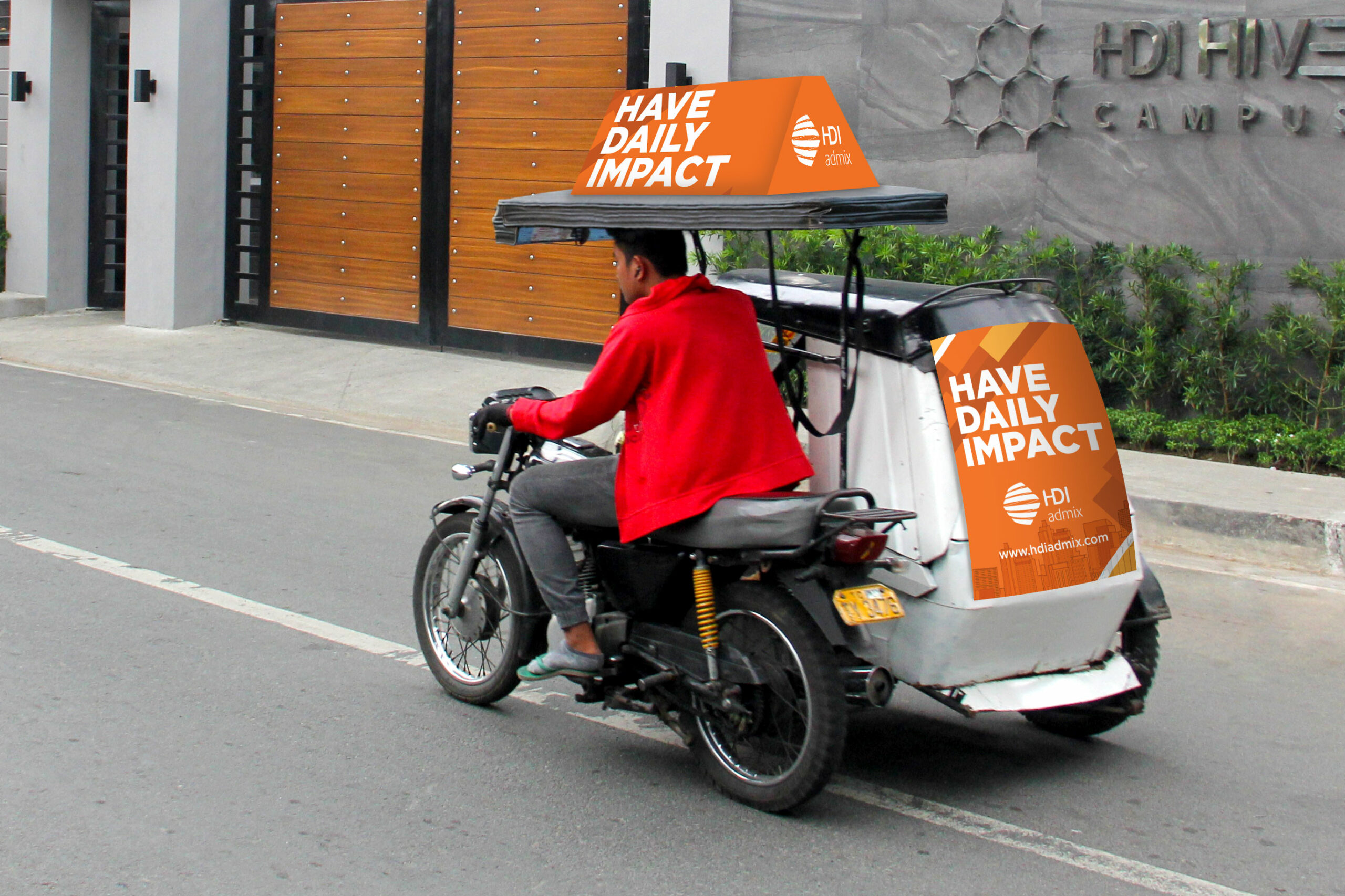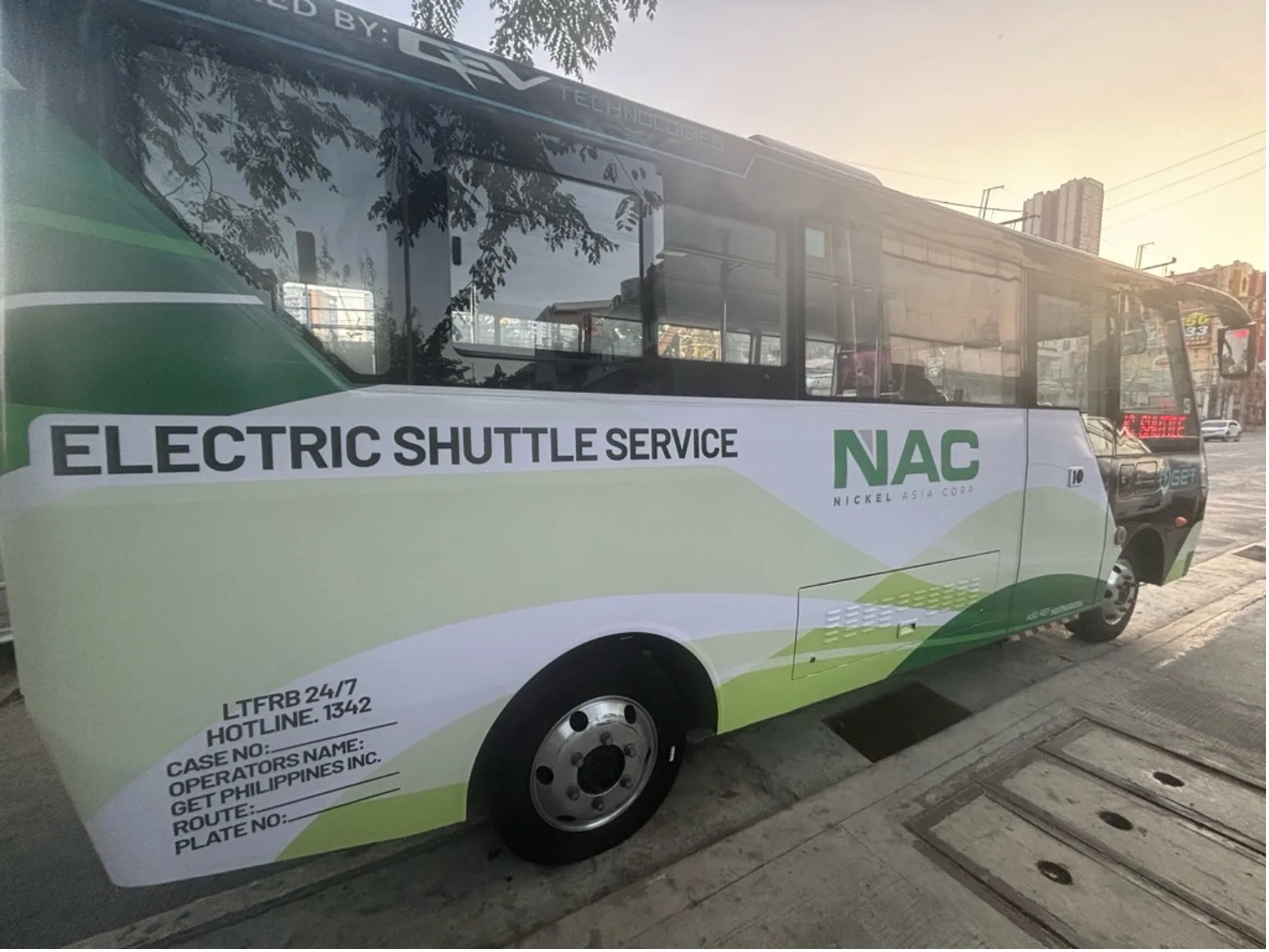Understanding the Function of Transportation Marketing in Enhancing Brand Name Presence and Customer Involvement
Transit advertising has become an essential aspect in the marketing landscape, using unique possibilities for brands to elevate their exposure and involve consumers successfully. With the ability to reach a captive and varied target market during their everyday commutes, these advertising and marketing strategies are not just regarding visibility; they are concerning producing purposeful links with potential clients. As we check out the complex benefits and ingenious techniques within transportation advertising, it becomes necessary to consider exactly how these components collectively influence consumer perception and habits, increasing inquiries about their long-term impact on brand loyalty.
Interpretation of Transportation Marketing
Transportation marketing describes the technique of advertising products, services, or brand names via promotions positioned in and around mass transit systems. This type of marketing encompasses a variety of positionings, consisting of posters on trains and buses, digital displays at transportation terminals, and wraps on the exterior of lorries. It intends to reach a diverse target market, taking advantage of the high foot website traffic linked with public transit.
Transit advertising and marketing is tactically positioned to capture the focus of travelers, who frequently spend substantial time waiting or traveling. By incorporating ads right into the everyday routines of people, brands can develop a lasting perception and foster brand acknowledgment. The medium is specifically effective in metropolitan environments, where public transportation is a primary setting of travel.
In addition, transit advertising and marketing can promote localized targeting, permitting companies to get to particular demographics based upon transit paths and terminal locations. As city populations grow and making use of public transportation boosts, this advertising and marketing technique has actually acquired prestige as an important part of integrated advertising and marketing techniques. The vibrant nature of transportation advertising, integrated with its capacity to engage customers in a restricted environment, highlights its significance in contemporary advertising and marketing practices.
Advantages of Transportation Marketing
The efficiency of transit advertising exists in its capacity to provide a plethora of benefits to brands seeking to improve exposure and involvement. Among the primary advantages is the substantial reach it uses; transportation advertisements can effectively target diverse demographics across metropolitan locations, getting to both pedestrians and travelers alike. This wide direct exposure considerably increases brand understanding.
One more advantage is the high regularity of perceptions. As transportation lorries follow well-known routes and quit at numerous areas, they develop recurring direct exposure that enhances brand name messages. This regularity cultivates experience, which is vital in customer decision-making.
Transportation marketing is likewise economical compared to other media platforms. Offered its large reach and possibility for high perceptions, brands typically experience a lower price per thousand impressions (CPM), maximizing their advertising spending plan.
In addition, transportation ads can create a feeling of area connection. By aligning with neighborhood transportation systems, brands can resonate with local audiences and cultivate a feeling of regional pride. This local method enhances brand name loyalty and involvement, making transportation advertising an engaging option for businesses intending to solidify their visibility in the market.

Reliable Techniques for Transportation Campaigns
To make the most of the effect of transportation projects, brands must take advantage of critical planning and implementation tailored to their target market. First, recognizing the market characteristics of the target market using public transportation is essential. This permits brands to have a peek at these guys produce personalized messaging that resonates with prospective customers.
Following, picking the ideal transportation mediums is necessary. Whether utilizing bus wraps, train posters, or electronic screens, each medium has one-of-a-kind advantages that can improve presence. As an example, lively visuals on bus covers can stand out, while digital ads can be updated often to show timely promos.
In addition, incorporating a cohesive branding technique across transit platforms ensures uniformity and strengthens the brand's identity. Using remarkable taglines and eye-catching styles will certainly enhance brand recall amongst travelers.
By utilizing these approaches, brand names can successfully harness the capacity of transit advertising and marketing, promoting greater awareness and connection with their target audience. Eventually, a well-executed transit project can drive significant development in brand presence and customer engagement.

Gauging Influence and Interaction
In evaluating the efficiency of transportation advertising and marketing campaigns, accurate measurement of effect and engagement is necessary for brands looking for to enhance their marketing strategies. Metrics such as reach, regularity, and impacts offer fundamental information to assess presence. Analyzing these elements helps establish the amount of prospective clients are exposed to the advertisements during their daily commutes.
Interaction can be additional assessed through consumer communications, such as website traffic, social networks states, and straight feedbacks to calls-to-action included go to this site in the ads. Making use of tools like QR codes or distinct URLs can help with monitoring of customer behavior directly linked to transit campaigns. Studies and feedback devices also function as important approaches to collect qualitative information on customer understandings and recall of the ad.
Moreover, advanced analytics and attribution versions can associate transit direct exposure with succeeding purchasing habits, using understandings right into the return on investment. By employing a thorough method that combines quantitative and qualitative procedures, brands can establish a nuanced understanding of their transportation advertising and marketing impact. Ultimately, this data-driven technique enables brand names to improve their campaigns, guaranteeing they reverberate effectively with target market and boost general brand presence.
Situation Researches of Effective Projects
Successful transportation marketing campaign function as compelling examples of how efficient approaches can boost brand presence and involvement. Transit Advertising Philippines. One notable case is the "I Love New York" project, which changed the city's picture and brought in countless visitors. By making use of subway advertisements, signboards, and bus covers, the project created a strong, natural brand identity, resulting in a significant uptick in tourist and local service patronage
One more excellent project is learn this here now Coca-Cola's "Share a Coke" initiative, which leveraged transportation marketing to individualize the brand name experience. By featuring popular names on promotional materials across various transit platforms, Coca-Cola fostered a deeper psychological link with consumers, urging them to share their experiences on social media.
Additionally, the "Got Milk?" project properly used public transport advertisements to get to a wide audience, strengthening the message of the relevance of milk in a balanced diet regimen. The campaign saw a quantifiable increase in milk consumption in target demographics.
These instance research studies highlight that when performed thoughtfully, transportation advertising can considerably improve brand name visibility, foster consumer involvement, and drive measurable results, demonstrating its vital function in modern advertising and marketing approaches. - Transit Advertising Philippines
Verdict
To conclude, transit advertising and marketing works as an important tool for improving brand visibility and cultivating consumer interaction. By using purposefully put advertisements within mass transit systems, brand names can properly get to varied target markets and strengthen acknowledgment with regular direct exposure. The implementation of targeted messaging and innovative methods better intensifies the effect of transit projects. Eventually, the ability to gauge interaction and examine effective study underscores the efficiency of transportation advertising and marketing in driving brand loyalty and consumer interactions.
Transportation advertising has actually arised as a crucial component in the advertising and marketing landscape, using one-of-a-kind chances for brands to elevate their presence and engage customers properly.In addition, transportation marketing can promote localized targeting, permitting companies to reach certain demographics based on transportation routes and terminal locations.In evaluating the efficiency of transit marketing campaigns, exact measurement of effect and involvement is crucial for brand names seeking to maximize their advertising and marketing approaches.Effective transit marketing campaigns serve as compelling examples of just how reliable techniques can raise brand name presence and involvement.In conclusion, transportation advertising and marketing offers as a crucial tool for enhancing brand presence and fostering consumer interaction.